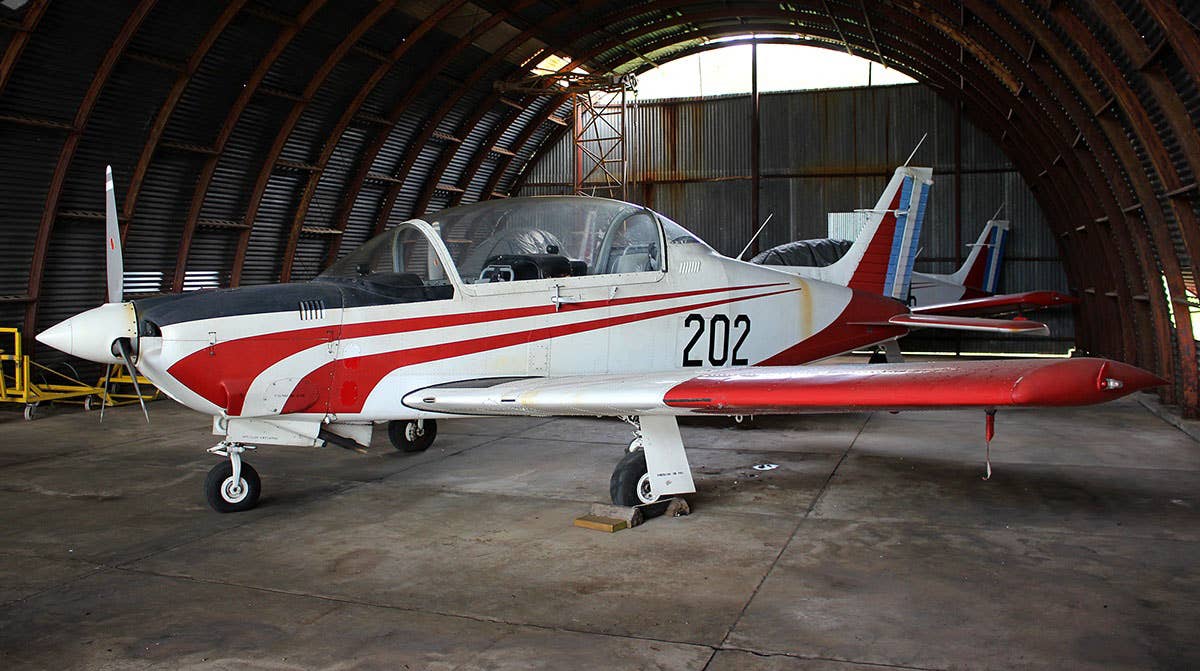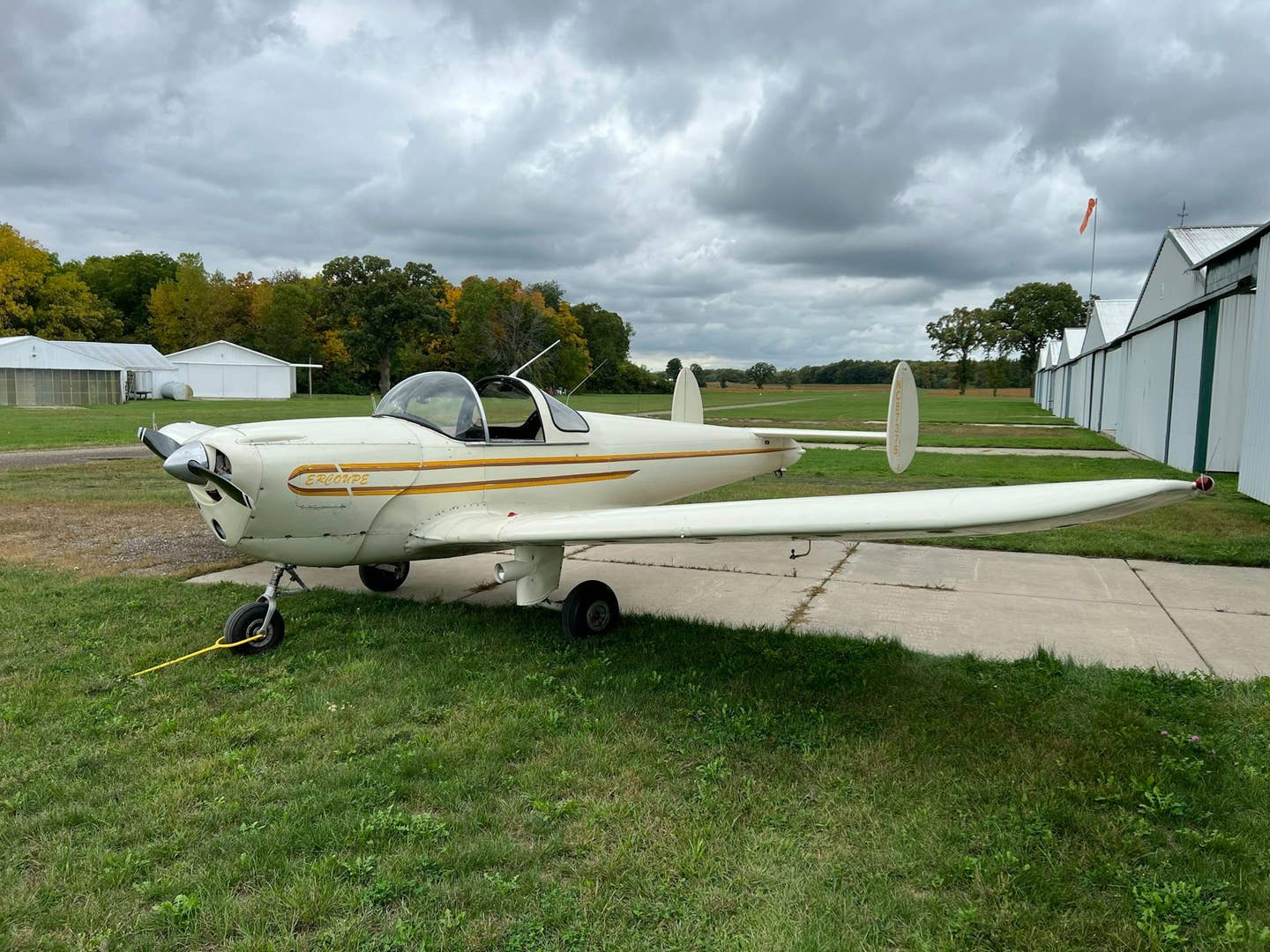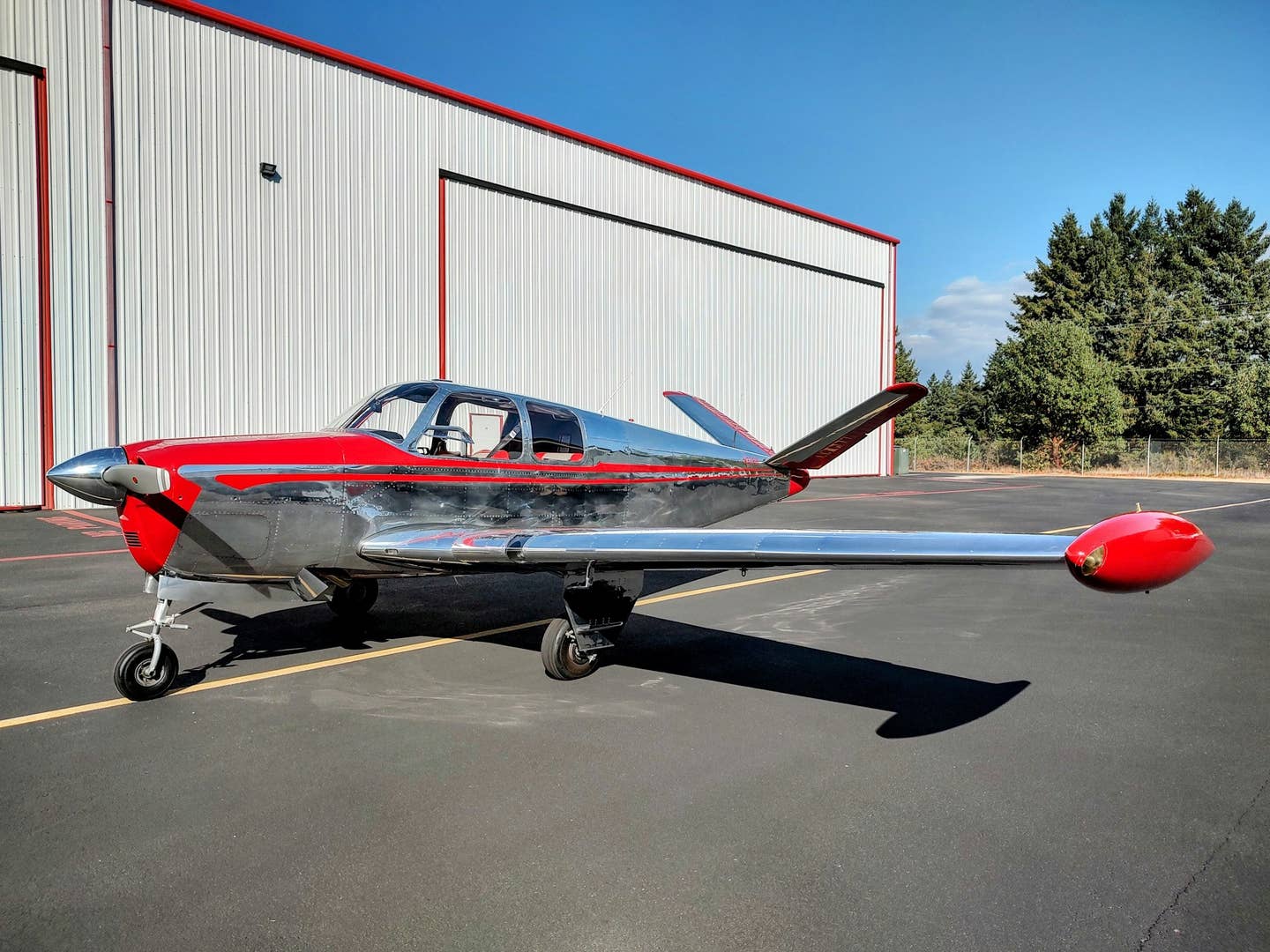Piper Pillán: A Saratoga With Top Gun Dreams
Learn the story about how Piper adapted a civilian aircraft into a military trainer and created an Incredible Plane.

Piper T-35 Pillán. Photo By Carmochepe, CC BY-SA 4.0 via Wikimedia Commons
Okay, who out there has not at least once wished their humble single-engine people hauler was really a high-performance military warbird? Well, for Piper Saratoga owners, that dream is a reality! Nearly 40 years ago, the Saratoga came to the rescue of the Chilean Air Force. However, it was not as the six-seat aerial SUV that we all have come to know and love but as a two-seat primary trainer. And, surprisingly, most of these incredibly capable fighter pilot trainers are still in service today!
The idea that civilian aircraft might be adapted for the military training market is not a new one. The most successful is the T-34, developed from the Beechcraft Bonanza and its many variants. Additionally, the French Socata Epsilon, based on the TB family of aircraft, and the Globe Swift-based Temco T35 Buckaroo both have deep general aviation roots. And so, like others before, Piper stepped in to fill a need for a military trainer.
The year is 1976, and Chilean Dictator Augusto Pinochet has been in power for nearly three years. In response, the United States has placed an embargo on military equipment sales and support to Chile. Caught in the middle, the Chilean Air Force, which had a long history of collaboration with the U.S. Air Force, was left with an aging and unsupportable fleet of U.S. surplus primary trainers. With the tacit cooperation of the United States government, the Chilean Air Force turned to Vero Beach-based Piper Aircraft for help. Piper was a logical choice. The Chilean Air Force had already created an in-house industrial company, the Empresa Nacional De Aeronautica De Chile (ENAER), to manage its logistical requirements. And ENAER was already assembling Piper Dakota kits, shipped from the Vero Beach facility, in Chile for use as liaison aircraft. However, this would be a more ambitious project.
"Unlike the Cherokee Six, the Pillán is fully aerobatic, an excellent instructional platform, and a cost-effective trainer to introduce fledgling pilots to high-performance maneuvers."
To meet this challenge, Piper settled on the PA 32R Saratoga as the basic airframe. The IO 540 300 horsepower engine, retractable landing gear and proven airframe were just what the air force required. However, the six-seat side-by-side interior was replaced by a tandem, two-seat cockpit section under an expansive bubble canopy. Additionally, the wings were clipped and strengthened to allow for positive six and negative three G aerobatics. Control sticks, military throttles and provisions for parachutes completed the conversion from family hauler to wannabe fighter plane. Looking closely at the completed aircraft, it looks like a retractable Cherokee Six with a two-seat F18 cockpit grafted onto the center fuselage section.
The company completed two prototypes of the new T-35 Pillán (Devil) labeled XBT and YBT. First flight took place at Piper's Lakeland, Florida, facility on the 31st of August 1981. Flight testing proved the Pillán met all Air Force requirements. During the next decade, an additional 152 aircraft kits were shipped out of Piper's Vero Beach facility. One hundred and eleven kits were assembled in Chile by ENAER. An additional 41 kits were assembled by Construcciones Aeronauticas SA (CASA) in Spain. More on that in a moment.
While the T-35 Pillán has a slightly higher empty weight than the Saratoga, its maximum gross weight is about 500 pounds less than its Cherokee Six-based parent. Cruise and never-exceed speeds are similar, with a small edge to the Pillán. However, the climb rate of the Pillán is significantly improved, yielding 1,500 feet per minute off the deck.
"To Piper's delight, the Pillán turned out to be a major success and, more importantly, a survivor. Thirty-five years later, the T-35 Pillán, in all its variants, still serves as a primary trainer in Chile, Spain, the Dominican Republic, Ecuador, El Salvador, Guatemala, Panama and Paraguay."
Unlike the Cherokee Six, the Pillán is fully aerobatic, an excellent instructional platform, and a cost-effective trainer to introduce fledgling pilots to high-performance maneuvers. The large canopy is a favorite of pilots and instructors, and a recent glass cockpit update keeps aspiring military pilots up to date. Instructors love the high-mounted rear cockpit, which allows an unobstructed view of the runway ahead as well as their students in the front seat. Close examination of the aircraft reveals the nose cowling, semi-tapered wings, landing gear and tail of the Saratoga are carried over nearly unchanged.
The Pillán entered service at the Chilean Air Force Academy in 1985. The story might just end here with the Pillán entering service before quickly fading into obscurity, but this story has a far happier ending.
To Piper's delight, the Pillán turned out to be a major success and, more importantly, a survivor. Thirty-five years later, the T-35 Pillán, in all its variants, still serves as a primary trainer in Chile, Spain, the Dominican Republic, Ecuador, El Salvador, Guatemala, Panama and Paraguay. The Spanish variant, aptly named the E.26 Tamiz (Sieve or Screen), is utilized to train and select pilot candidates for future assignments to various aircraft types. Spain and Chile remain the largest operators of the type, and nearly 100 of the original 154 are still in service.
As in all successful aircraft, there have been several variants. Chile initially operated approximately 60 T-35A model aircraft for day VFR flight training. As missions changed, an additional 20 T-35B models were modified as instrument trainers. These were initially shipped with Collins and King avionics and have recently received multiple flatscreen displays to keep up with the requirements for future Chilean F-18 pilots.
As early as 1986, one of the original T-35s was fitted with the U.S.-based Soloy Turboprop modification, utilizing a 420-shaft horsepower Allison engine. While the performance increase was dramatic, the requirement was simply not there.
Later, a few turboprop conversions, labeled the T-35T Aucan, were developed, but again, no large-scale production followed. Over the years, the Pillán has carried a variety of paint schemes, and the fleet is scrupulously kept up to date by the loyal ENAER staff.
And the T-35 Pillán is a YouTube star to boot. A quick search reveals dozens of videos of the Pillán/Tamiz in flight. Many of these feature the ceremonial 12-ship diamond formation that has become the trademark of the Chilean Air Force academy. Every Spanish F-18 and Chilean F-16 pilot got their start in this tough little converted family hauler. Tracing its roots to the original Piper Cherokee, while training aspiring fighter pilots for nearly 40 years, the Piper (ENAER) T-35 Pillán is an Incredible Plane.

Subscribe to Our Newsletter
Get the latest Plane & Pilot Magazine stories delivered directly to your inbox






